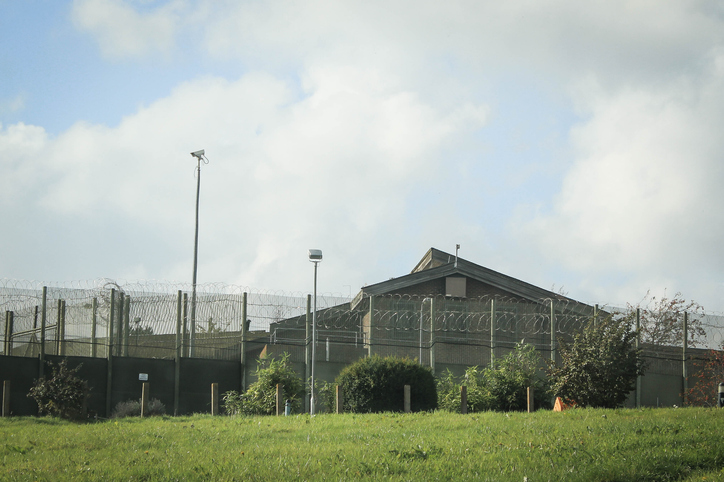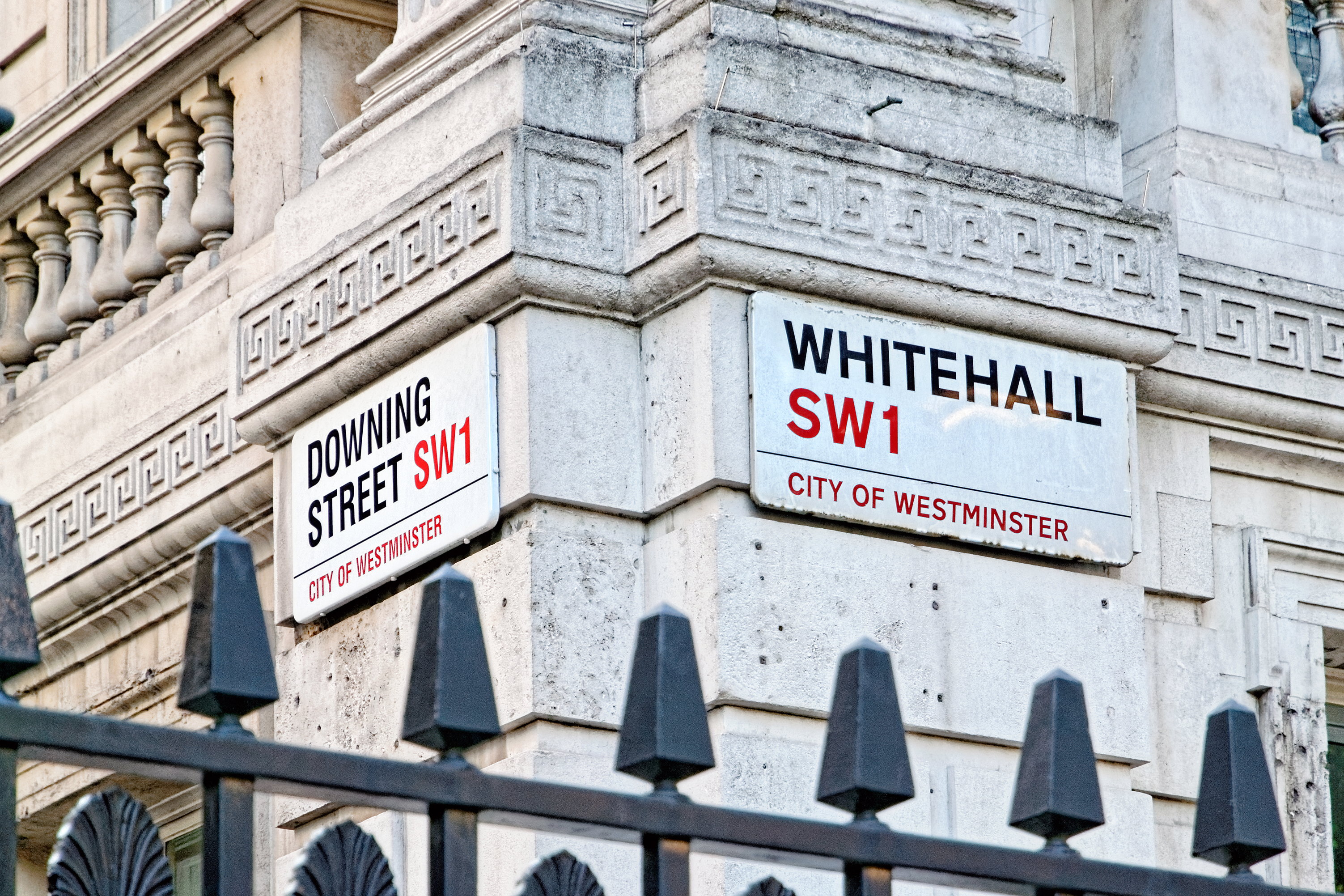Prison officer salary
According to the HM Prison and Probation Service website in 2021, starting salaries for prison officers varied depending on the location of the role. Annual salaries for a 39 hour week, including a 17% unsocial hours allowance, were £31,728 in Inner London, with salaries dropping to £24,118 outside the South East.
Prison officers are also entitled to 25 days of annual holiday, rising to 30 days after 10 years service, and have access to a civil service pension of up to 20% of salary.
By comparison, in 2021, median annual earnings for full time employees in the United Kingdom were £31,460. In 2020, payscale.com published equivalent entry level salary data in a range of sectors, with the equivalent figures being £21,485 in accounts, £18,887 in building, and £22,435 in marketing.
Prison officers – The role
Prison Officers are the main front-line Prison Service staff working in prisons. They are responsible for ensuring and maintaining prison security, as well as ministering to the needs of prisoners.


The precise work carried out by prison officers varies depending on the category of prison they work in, with a greater emphasis on security in the more secure institutions.
Prison officers are typically responsible for carrying out security checks and searching procedures including security systems, contractor security and patrol duties; supervising prisoners, keeping an account of prisoners in their charge and maintaining proper order; supervising visits; escorting prisoners; providing prisoner information; advising and counselling prisoners; making sure prisoners have access to professional help if needed; and employing authorised physical control and restraint procedures where appropriate.
They are also charged with taking proper care of prisoners and their property, taking account of their rights and dignity and their personal responsibility; providing appropriate care and support for prisoners at risk of self harm; promoting anti-bullying and suicide prevention policies; taking an active part in rehabilitation programmes for prisoners; assessing and advising prisoners; and writing reports on prisoners.
Prison officers are graded according to their seniority, and may have responsibility for other officers or wings of a prison.
All prison officers must meet minimum eyesight standards and pass a medical exam and physical fitness test, in view of the demands of the job.
Prison officers are the first to witness any problems in the prison system. They are represented in the UK by the POA (The Professional Trades Union for Prison, Correctional and Secure Psychiatric Workers.)

Prison officer numbers increased after a major recruitment drive between 2017 and 2019.
Prison officer numbers
There has been a recent recruitment drive to attract prison officers, and the number of officers rose from 18,000 in 2014 to 23,000 in 2019.
The Prison Officers Association note how the number of prison officers fell by a quarter between 2010 and 2014, and that the 2019 figures are still slightly below the equivalent position in 2010.
The government points out that the prison population has though declined from a peak of 87,000 in 2012 to around 79,000 in 2021.
It is further suggested that the last decade has seen a reduction in the experience levels of the prisoner officer workforce. Although there have been 12,000 recruitment hires between 2017 and 2019, it is pointed out 8,600 staff left the service between 2010 and 2017.
According to the figures from HM Prison and Probation Service, where in 2010, 7% of prison officers had been in post for less than 2 years, the figure was 35% in 2019. The proportion with 10 years’ experience or more went from 56% of officers to 46% in the same period.
Controversies
Violence against prison officers
Assaults against prison officers are said to be at a record high. In the year ending June 2019, Ministry of Justice figures showed there were 10,424 recorded assaults on staff, including 995 serious assaults.
Figures from the House of Commons Library report that there were 123 assaults on staff per 1,000 inmates in 2018, which is three and a half times the number that there had been in 2010 (34 per 1,000 inmates).
The Government’s 2016 white paper, Prison Safety and Reform, said that the Government’s analysis showed “a statistical correlation between the numbers of staff and the level of violent incidents”.
Concluding that more frontline staff were needed, this led to the recruitment drive in evidence between 2017 and 2019.
Prison Officer Sprays
In 2018, the Ministry of Justice announced that prison officers would be issued with the incapacitant spray, PAVA. Following a successful pilot at four prisons, there was to be a national roll out. The deployment of this spray was seen as a further response to rising prison violence.
The roll out of PAVA spray has caused concern amongst prison reform campaigners . The Prison Reform Trust called for the roll out to be stopped, arguing that the spray had failed to stop violent incidents during trials.
The Ministry of Justice has said that staff felt better able to deal with violence, and better equipped to arrest escalation and prevent harm, if they have access to the spray. Following pressure from the Equalities and Human Rights Commission in 2019, the government committed to improve the training and monitoring in relation to the use of the spray.
Staff Motivation and Stress
The stresses of the job have generated recruitment and retention problems amongst Prison Officers. The Prison Officers Association has claimed that prison officer sickness is the highest in the public sector. The Association has complained that the hard work of prison officers is ignored by the government, while overall working conditions have declined in the face of overcrowded prisons.
Concerns have been raised about the relative lack of training and experience of prison officers working in the private sector, compared to officers employed by the Prison Service. Some have suggested that prison officers in private prisons lack sufficient training and experience and argue that this is a risk to prisoner safety. The Prison Officers Association has also suggested that prisons are seeking to cut costs by replacing staff with electronic monitoring.
There also remains an ongoing debate about whether prison officers should have the right to strike.
Recent history
In the past, there have also been suggestions of bullying and institutional racism in the Prison Service. The ‘closed’ nature of the prison system has raised concerns about prison officers’ accountability. In 2000, a criminal investigation into alleged torture and ill-treatment of prisoners at Wormwood Scrubs prison in London resulted in criminal charges against at least 27 prison officers.
A subsequent report on Wormwood Scrubs by the Chief Inspector of Prisons, published in June 2000, was severely critical of the prison, including the attitudes of prison officers.
In common with many public sector workers, prison officers have in the past complained of low pay. In 2007, prison officers said they were being offered a below-inflation pay deal after the government said a recommended 2.5 per cent award would be staggered.
Following a ballot of the Prison Officer’s Association’s (POA) members, prison officers voted to strike in protest at low pay. On August 29 2007 more than 20,000 prison officers walked out in the first such action of the association’s 68-year history. The strike lasted 12 hours and was roundly condemned by the government, who said it was illegal for prison officers to strike.










